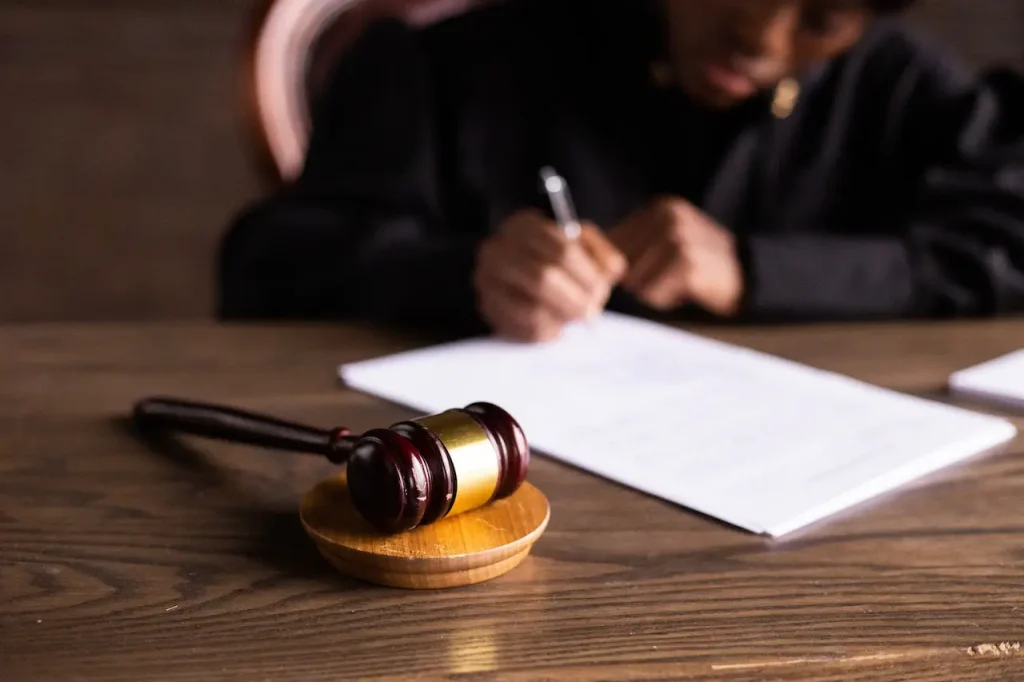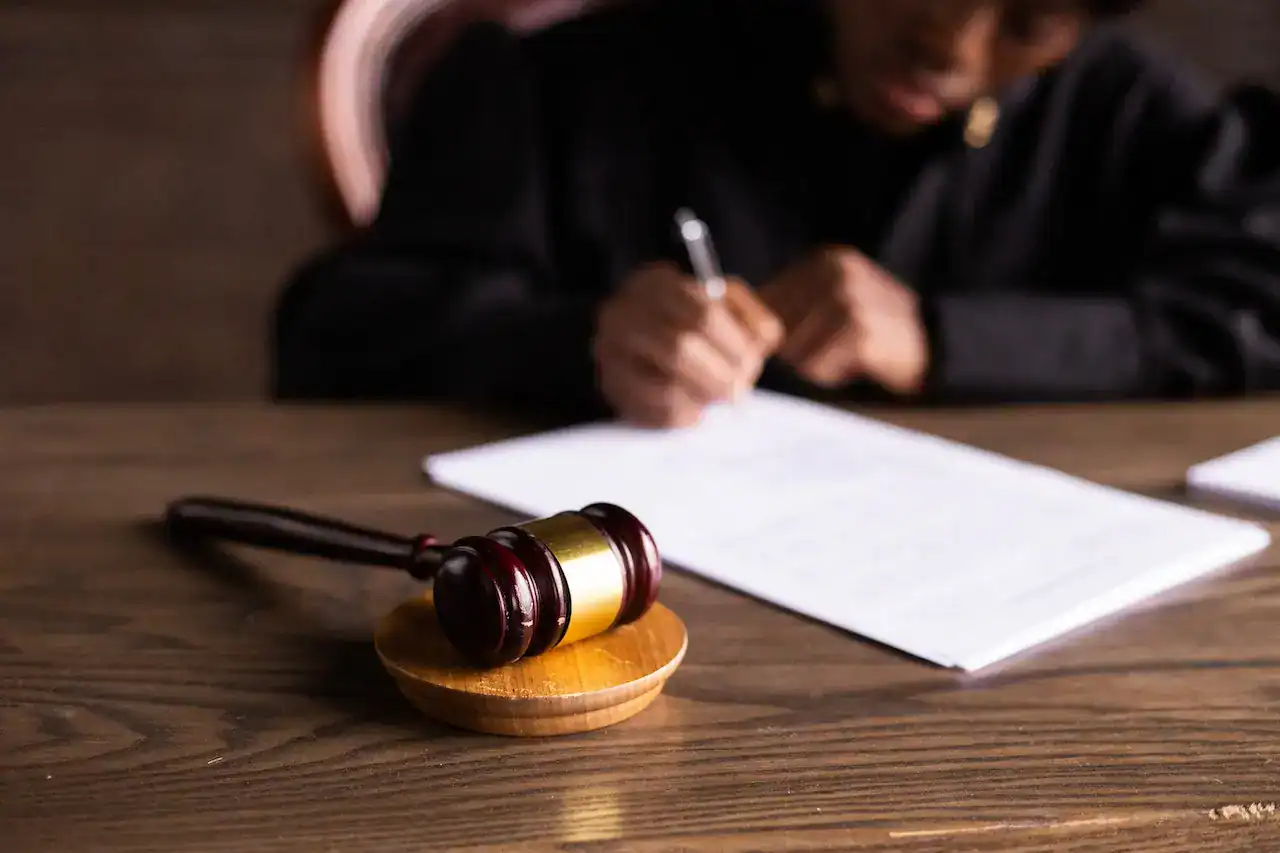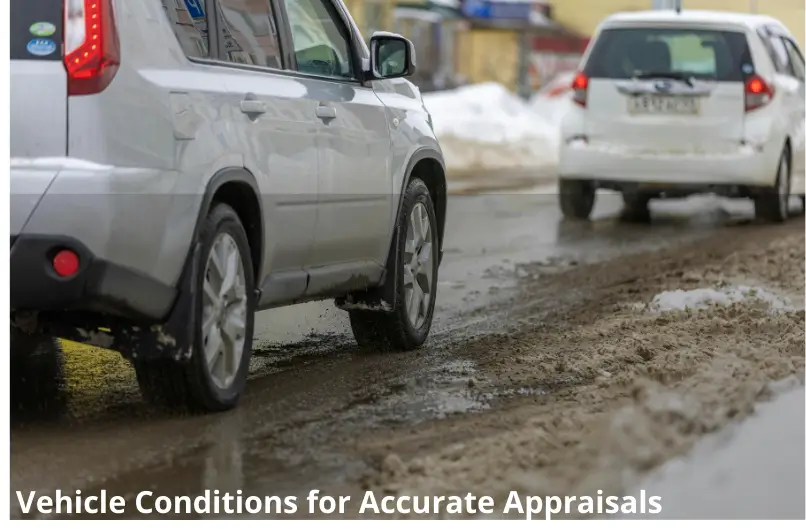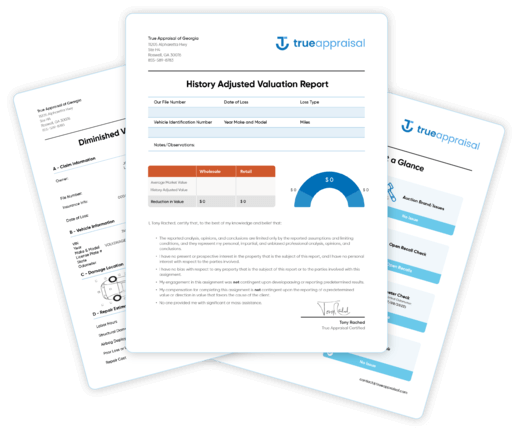Navigating small claims court can feel daunting, whether you’re the one filing the claim (the plaintiff) or the one responding (the defendant). But what if there was a way to resolve your dispute without stepping into a courtroom? Enter Online Dispute Resolution (ODR).
Increasingly offered by courts, ODR provides a structured, online platform to negotiate and potentially settle your case directly with the other party. If your local court offers ODR for small claims, you should seriously consider using it! This guide will walk you through how ODR works and how to prepare for success.
What Exactly IS ODR and Why Use It?
Think of ODR as a facilitated negotiation process happening online. The main goal? To reach a settlement agreement – a formal, binding contract detailing how you both agree to resolve the issue – before a judge has to make a decision.
Why is this often better than going straight to court?
- You Stay in Control: You and the other party decide the terms (payment amounts, deadlines, specific actions), not a judge.
- Tailored Solutions: You can agree on unique terms a judge might not order, like returning property or modifying a negative online review.
- Skip the Courtroom: A successful ODR agreement usually means your court date is cancelled. Less stress, less time off work, less hassle!
- Avoid Formal Judgments (Especially for Defendants): Settling via ODR prevents a formal court judgment, which can impact public records and credit reports.
- Often Faster: ODR can lead to quicker resolutions than waiting months for a court date.
How Does ODR Negotiation Actually Work?

It’s essentially a structured online conversation focused on reaching a deal. Here’s the breakdown:
- Making Offers: You’ll use the ODR platform to send formal proposals for settlement. These offers need specifics: How much money? By when? Paid how? Any other conditions?
- Receiving Offers & Counteroffers: The other party reviews your offer and can accept it, decline it, or send back a counteroffer with different terms. This back-and-forth is the heart of the process.
- Finding Compromise: Let’s be real: You probably won’t get everything you want, and neither will they. Successful negotiation almost always involves compromise. Maybe you accept a bit less money for faster payment, or agree to a payment plan. The key is finding a middle ground both parties can live with.
- Reaching a Settlement Agreement: If you agree on terms, the ODR system helps generate a final, written contract. Always ask yourself: Is this agreed-upon compromise better than rolling the dice with a judge? Often, the certainty of a settlement is worth it.
Quick Tips for Effective ODR Negotiation:
- Prepare First: Gather your facts and evidence before you start negotiating.
- Stay Respectful: Keep communication professional, even if you disagree. Explain your reasoning calmly.
- Be Prompt: Respond to messages and offers in a timely way to keep things moving.
- Be Realistic: Understand that compromise is usually necessary. Be open to different solutions.
- Be Patient: It might take several rounds of offers to reach a deal.
- Keep Track: Note the offers made and received (the ODR system usually logs this too).
Preparation: Your Key to Success
Don’t wing it! Good preparation makes a huge difference.
- Know Your Case: Reread the Plaintiff’s Claim (SC-100) and any Defendant’s Claim (SC-120). What’s the exact issue and amount?
- Gather Your Proof: Collect relevant documents: contracts, receipts, invoices, leases, emails, texts, photos, etc.
- Identify What You Need: Is there information or proof you need from the other party to understand their side or make a fair offer?
- Use Resources: Check your local court’s website! They often have specific ODR instructions, FAQs, and contact info for free Small Claims Advisors (who can explain procedures but not give legal advice). County law libraries are also great resources.
(Self-Reflection Exercise: Before negotiating, try jotting down answers to these: What’s my key evidence? What info do I still need? Have I checked court resources?)
Plan Your Strategy: Know Your Goals and Limits

Think before you type! What do you really need out of this?
- What Matters Most? Is it getting paid quickly? Avoiding a judgment? Paying less than claimed? Maintaining a civil relationship? Resolving it without a court hearing?
- Know Your Numbers: What’s the claim amount? How was it calculated? Do you (as Defendant) agree you owe anything? Are you (as Plaintiff) willing to accept less to settle? What are your preferred payment terms (lump sum vs. installments)?
(Self-Reflection Exercise: Define your ideal outcome, a realistic/acceptable outcome, and your absolute bottom line – the point where you’d rather go to court. Keep that bottom line private during negotiation!)
Making and Responding to Offers
This is where the negotiation happens.
- Your First Offer: Don’t start with your bottom line! Make an opening offer that’s favorable to you but leaves room to negotiate towards your realistic goal. Avoid extreme offers that might shut down the conversation.
- Responding to Their Offer: Read it carefully. Does it meet any of your needs? Your options are: Accept, Decline (politely explain why, if helpful), or make a Counteroffer. If you’re unsure about their reasoning, use the platform’s chat/comment feature to ask clarifying questions before responding formally.
- Handling Tough Offers: If you receive an extreme or “take-it-or-leave-it” offer, stay calm. Respond with a reasonable counteroffer based on your preparation and goals.
Using the ODR Platform Effectively
Get comfortable with the online tool. Most platforms have:
- A Negotiation Area: Specific places to formally submit and view offers.
- Fields for Terms: Blanks to fill in amounts, dates, payment methods.
- “Additional Terms” Section: Use this! It’s crucial for anything specific beyond basic payment details (e.g., “item returned in good condition,” “parties agree not to disparage each other online”).
- Comments/Chat Feature: Use this strategically to explain why you’re offering certain terms, ask questions, or (if allowed) upload supporting documents.
- Review Everything: Always read the entire offer, including comments and additional terms, before you respond.
What Happens at the End?
- Agreement Reached? Fantastic! The system will help generate the formal Settlement Agreement. Review it meticulously, then follow the steps to sign electronically. Once approved by the court, your case is typically closed, and the hearing cancelled.
- No Agreement? If you can’t reach a deal through ODR, the negotiation ends. You must then attend your scheduled court hearing. Be prepared to present your full case and evidence to the judge for their decision.
Final Thoughts
ODR is a valuable opportunity to resolve small claims disputes efficiently and on your own terms. Success comes down to preparation, clear communication, strategic thinking, and a willingness to compromise. Engage actively, focus on finding solutions, and use the ODR tools wisely. You’ve got this!




